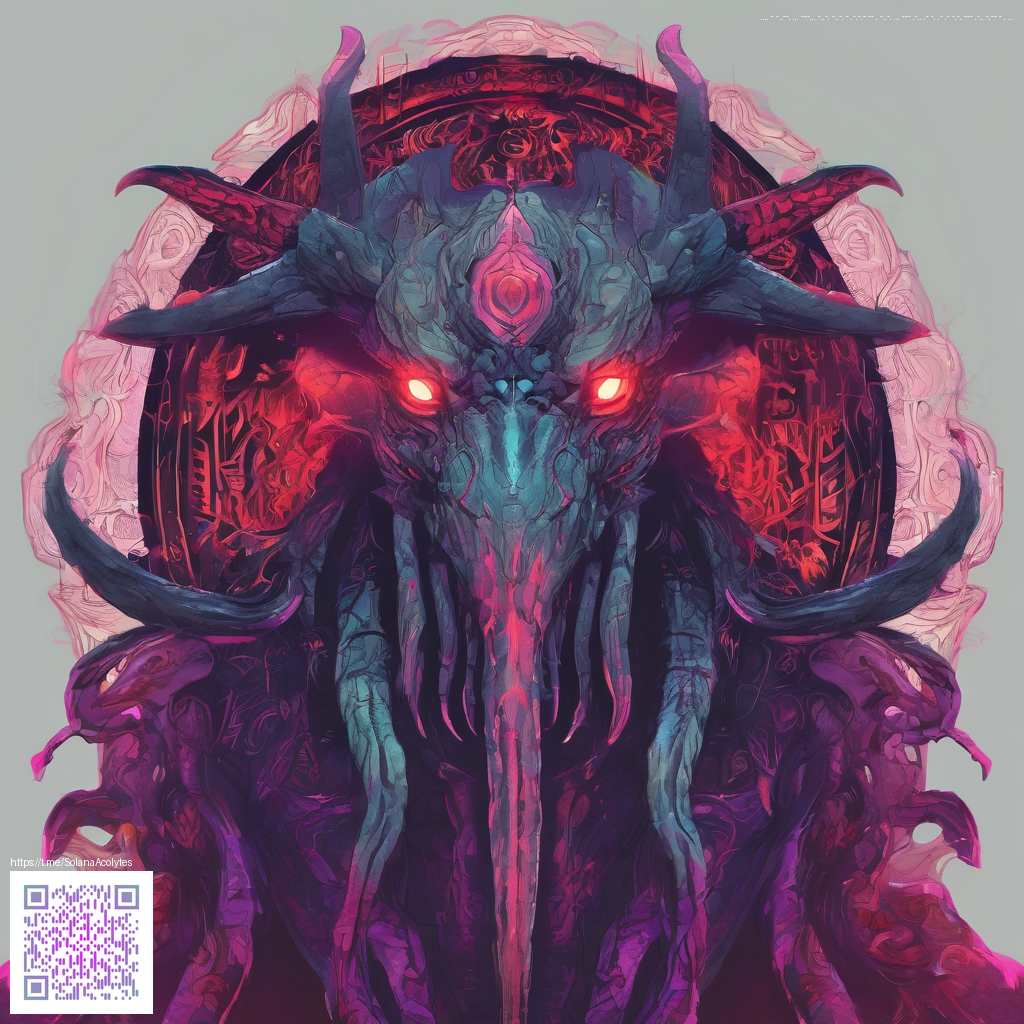
A practical guide to building texture brushes in Procreate
Texture is the heartbeat of digital painting. In Procreate, Brush Studio gives you granular control over grain, shape, dynamics, and color with texture. When you design your own texture brushes, you can recreate everything from rough handmade paper to weathered metal, giving your illustrations a tactile feel that flat color alone can’t achieve.
Before you start, set up a comfortable workspace. A compact grip stand like the Phone Click-On Grip Kickstand Back Holder Stand can keep your iPad at a steady angle while you test brush presets. It’s a simple way to maintain focus as you dial in Grain, Shape, and Dynamics to capture the exact texture you’re imagining.
Brush Studio basics: what to tweak
Procreate divides brush behavior into several interconnected parts. Understanding these pieces makes it easier to translate a texture from a photo or scan into a living brush. Consider these core components:
- Grain — the visible texture applied as you paint. This is your primary texture source.
- Shape — determines the stamp-like geometry that defines the brush tip, influencing how texture is repeated.
- Dynamics — controls how your brush responds to pressure, tilt, speed, and randomness for more lively surfaces.
- Color dynamics — adds variation in hue and saturation as you paint, enhancing texture with subtle color shifts.
From texture to brush: a step-by-step workflow
- Collect textures that resemble the surface you want to recreate—paper fibers, wood grain, stone, or fabric.
- Convert your texture to grayscale and adjust contrast so the grain is clean and repeatable.
- In Procreate, create a new brush in Brush Studio and assign your texture file to the Grain source. Tweak the grain source’s scale, offset, and rotation until the texture reads well at your typical brush size.
- Experiment with Shape dynamics by stamping a basic shape onto the canvas and then applying the texture as the grain. Play with spacing and jitter to avoid obvious repetition.
- Test your brush against different brushes to see how it blends. Subtlety is key; a little grain goes a long way on larger canvases.
“Texture works best when it supports your line work rather than overpowers it. Start with a light touch, then dial in the grain until it adds depth without competing with the subject.”
As you gain confidence, try layering multiple texture brushes with different blend modes to simulate complex surfaces—think weathered plaster, peeling paint, or rusted metal. The goal is a tactile impression that your viewer can feel with their eyes, not just see.
For more examples and context, you can explore related discussions and case studies by visiting additional resources such as this page: https://crystal-images.zero-static.xyz/1644d75a.html.